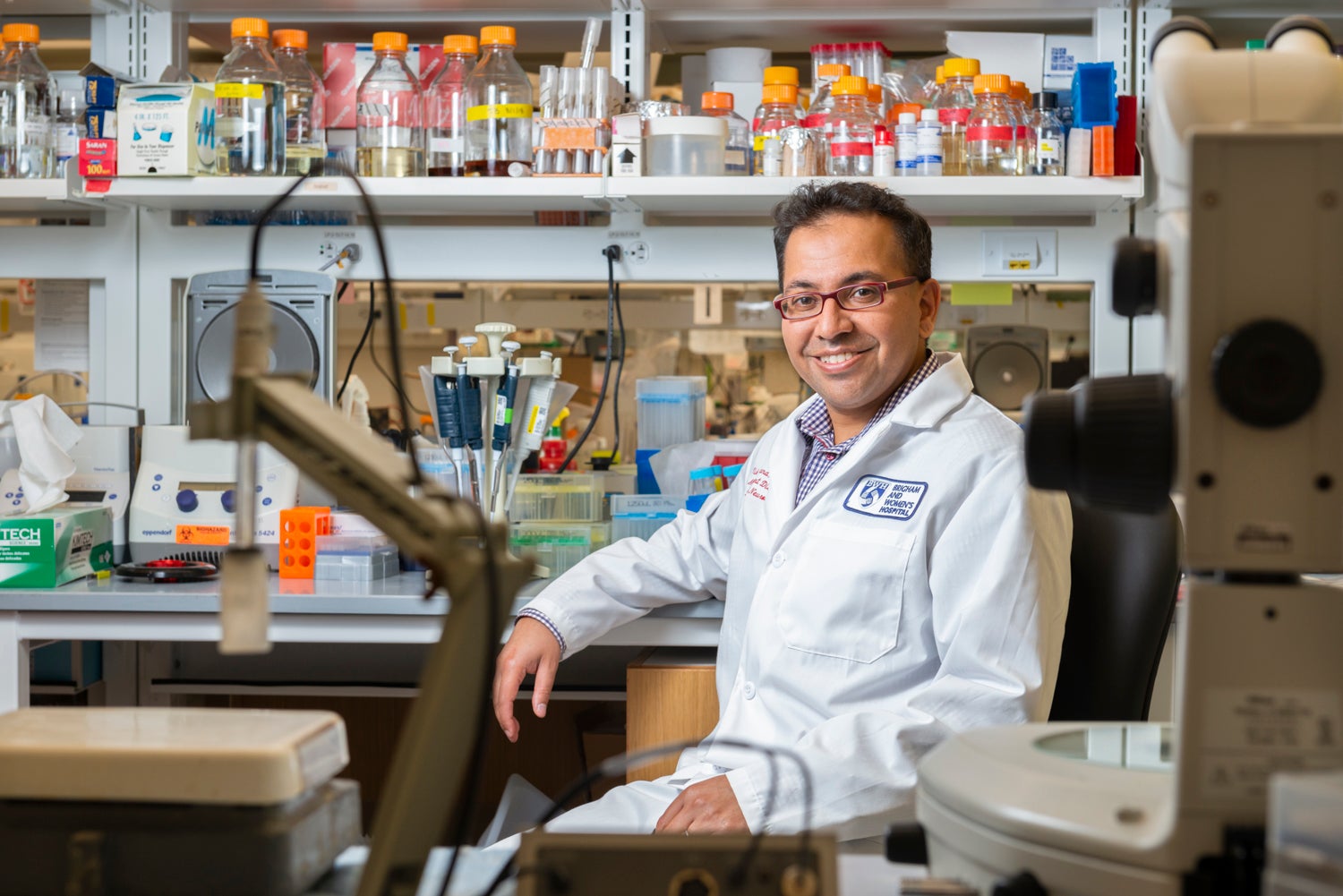Associate Professor of Neurology, Harvard Medical School

Neurodegenerative diseases are heterogeneous. Put another way, the same disease, for example Parkinson’s disease, is triggered differently in different patients through a combination of distinct genetic and environmental factors. This means that a “one size fits all strategy” may not effectively treat these diseases. It also means many good drugs may be failing in clinical trials because they are being incorrectly matched to patients. Our lab systematically “maps” the causes and consequence of abnormal protein aggregation, a cellular process that is central to neurodegeneration. Through a method known as cellular reprogramming we can now do this mapping in brain cells generated from our living patients. For hundreds of patients, many of whom we follow in our clinic, we now have matched brain-cell “avatars” growing in our lab. We have now begun to answer the two key questions posed by our patients – how did their disease arise, and how can their disease be effectively treated? Almost inconceivable just a few years ago, we are now testing whether clinical trials “in the dish” are reflective of true success in the clinic. If this is the case, our methods should enable us to develop personalized medicines for neurodegenerative disease, appropriately matching patients to the right drug.
The approaches we develop are readily applicable to all neurodegenerative diseases, including Alzheimer’s and Parkinson’s disease. Our current projects focus on:
1) Cynucleinopathies like Parkinson’s disease, multiple system atrophy and dementia with Lewy bodies.
2) Cerebellar ataxias, from sporadic ataxias like multiple system atrophy, to hereditary ataxias like spinocerebellar ataxias, especially spinocerebellar ataxia type 3 (SCA-3) and dentatorubropallidoluysian atrophy (DRPLA).
